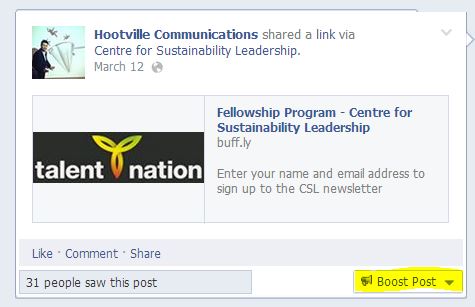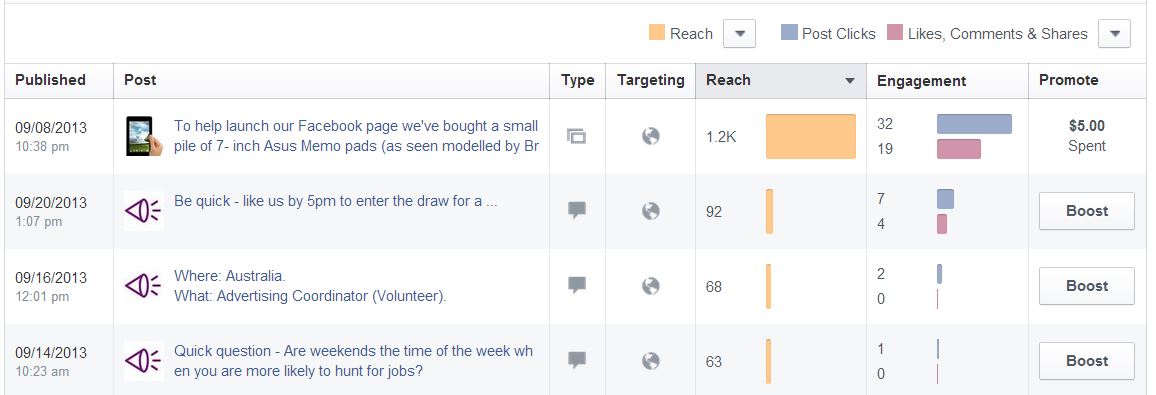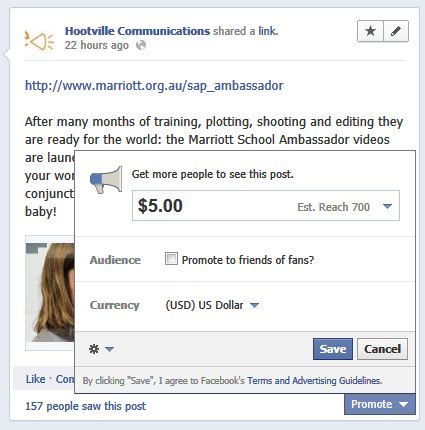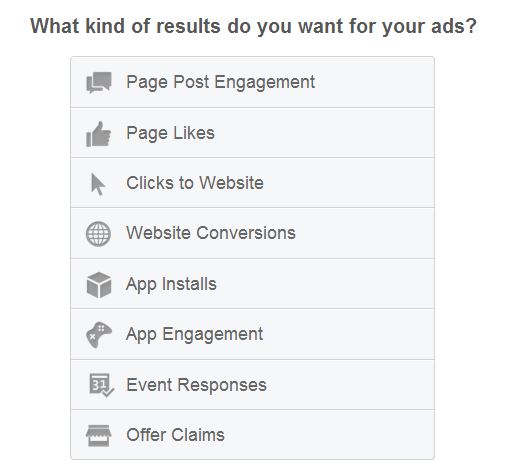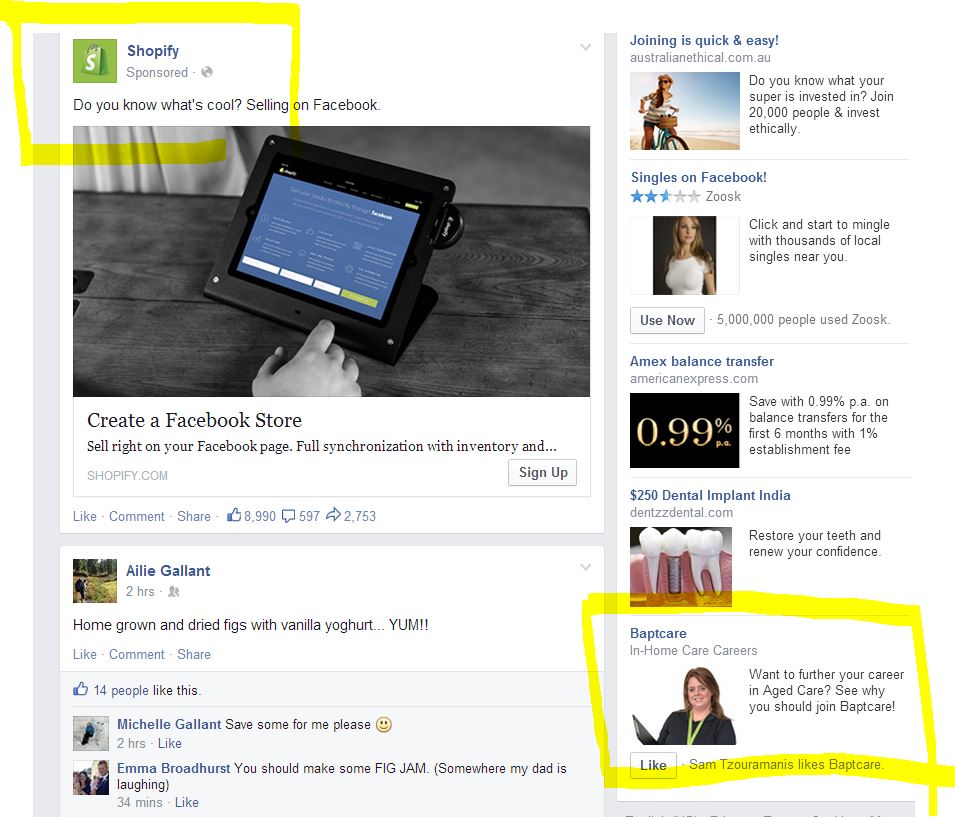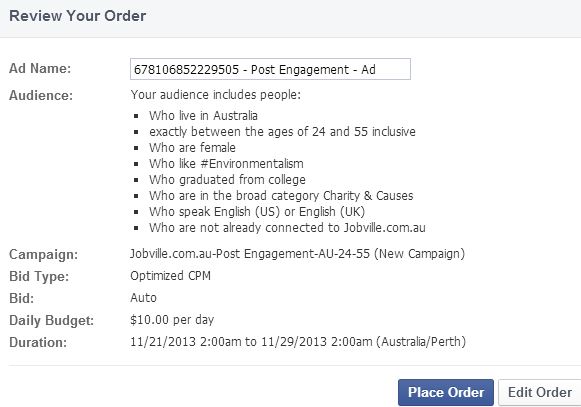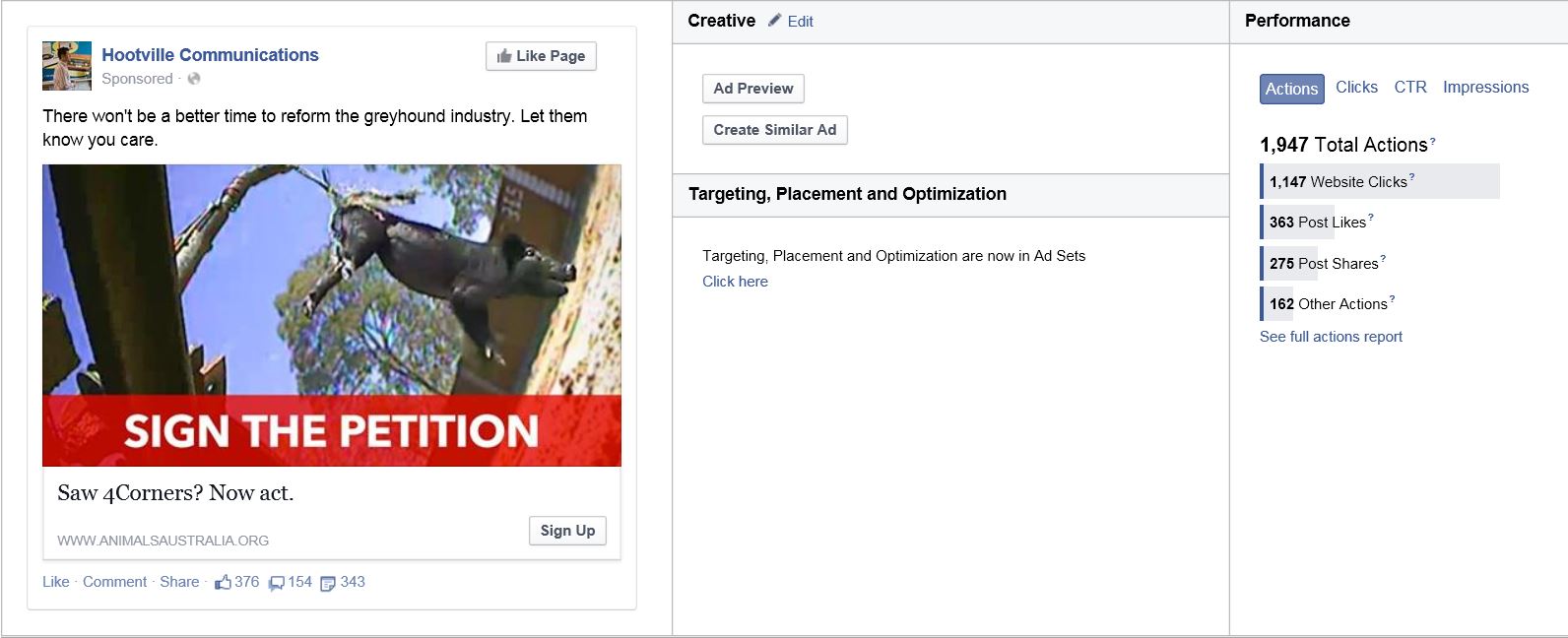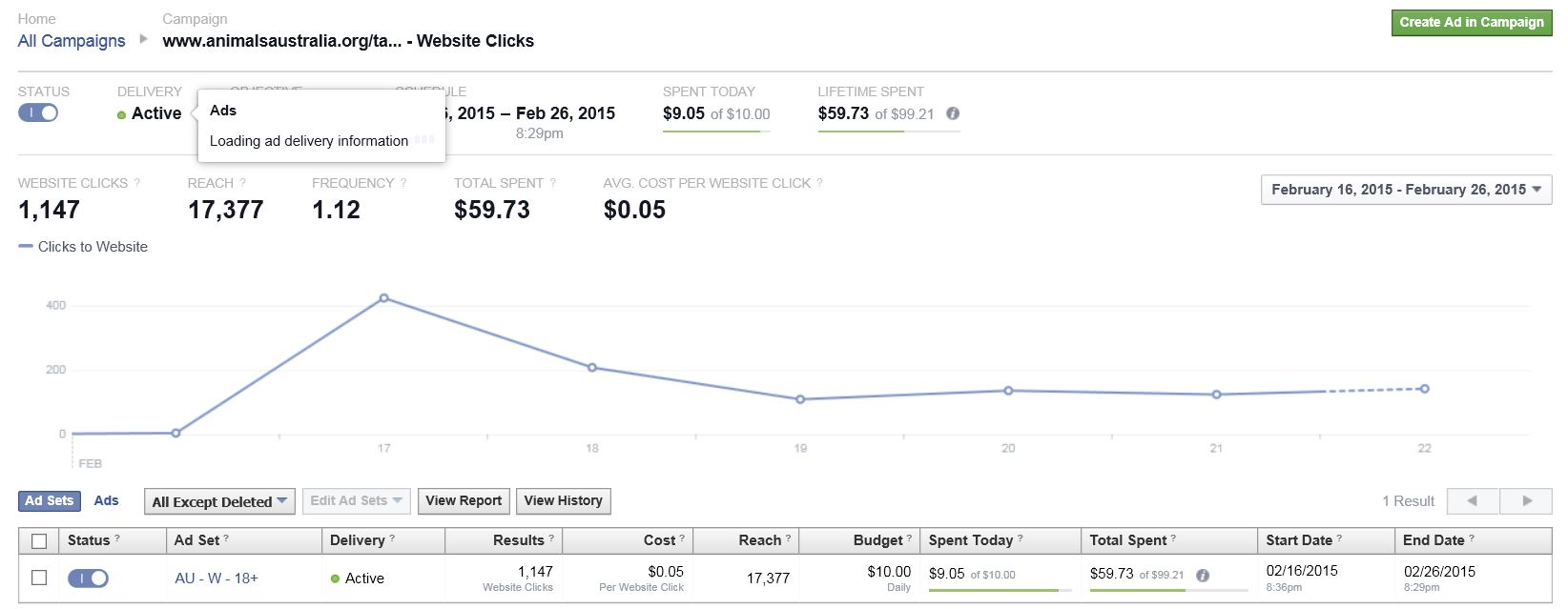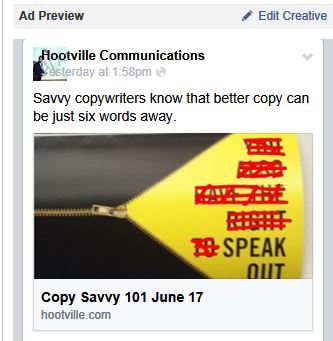(Updated July 2015)
Oh social media – why do you tease us so? Twitter, Facebook et al promise so much to marketers but deliver so little. And it’s only going to get littlerer – fewer Facebook friends, seeing less of your content, engaging less with the content they do see and being influenced less by you despite all your efforts.
A super quick quiz about Facebook:
Let’s say you have 100 friends. (People who have liked your page.)
Let’s say you create a Facebook post, perhaps recommending this very article.
Q1. How many people do you think will see your post when they log on to their Facebook account? And by that we mean scrolling past it as they survey their Facebook feed.
Q2. How many people will engage with it by sharing it, pressing the Like button, clicking on some pictures or a link or leaving a comment?
Answer to Q1: between 8% and 12%.
Answer to Q2: less than 2%, probably less than 1%. Depressed already?
The bottom line is this – Facebook is making it harder and harder for your content to reach people – even those who Like your page. This is deliberate and in Facebook’s interest because it encourages you to pay to get more of your content to friends and strangers. Yep – it’s time to acknowledge that without spending money your Facebook impact will be small and diminishing.
There are various ways that Facebook will take your moolah in exchange for spreading your content to more people. Facebook continues to tweak its advertising offerings, terminology and back end interface but these basics should hold true for a while.
The most basic option is to Boost.
It appears below your post and gives you the option to pay as little as $5 to display your post to more of your friends, their friends or to target an audience. Once your credit card is stored with Facebook, the process is seamless – a mere three clicks. No wonder millions of people a day use this service.
Does it work? Well, yes. Here’s how a boosted post compared to unboosted posts on the Hootville Facebook page. Have a look at that top post – Facebook has let it roam cyberspace. For money.
So should you use it? Yes – on occasions when it’s important for you to get word out.
Of course you’ll have to convince your bosses to allow you to boost, with no guarantee of exactly how many people will see the post.
Ideally you’ll have a pool of money which you can spend $5, $10 or $20 at a time at your discretion, reporting on the results as you go. Life is too short to have each boost approved.
But boosting is for newbies. It allows you to reach more of your friends and their friends but it allows less targeting of potential audiences and less crafting of what they see. Thus let’s talk about Facebook advertising proper.
Finances: Facebook lets you set a daily budget which can start at a few dollars. Based on your budget Facebook displays your post to the people you target (more on targeting below).
It’s an auction system so as with real estate, the more popular your audience is with advertisers, the more you will have to pay to reach them. Targeting Double Bay Sydney’s brides-to-be is more expensive than targeting Alice Springs’ residents who have expressed interest in lawn bowls because more advertisers are seeking the former.
Of course it’s more complicated than that. Facebook wants to show people ads they will be interested in so if your ad has a high click through rate (more on CTR later) and relevance score it will be shown more often, more prominently. You can decide how much you are willing to pay for each display or (as we do) let Facebook decide.
Desires: Facebook also allows (forces) you to decide what your desired result is: getting people to click through to your website, engage with your post, become your Facebook friend etc. This step is early in the process and is confusing for new players.
The top three should meet most of your needs. Facebook displays and deploys your post differently to achieve your goal.
There are three aspects to Facebook advertising
1: Creating the post or ad you wish people to see comprising the copy, the images or video, your choice of call-to-action button etc. AKA as the creative. It can take only minutes to create your ad (Facebook guides you through) but take the time to consider the images you show and headlines you write as they will impact on your results. Monitor the stats and make changes accordingly. Keep monitoring and tweaking. This is not ‘set and forget’.
What we learnt about Facebook advertising content from weird belly fat products.
Here are two ads that worked well for Hootville which we confess were inspired by those ubiquitous belly fat advertisements.
We tried some generic ads: “Visit Hootville.com for lots of advice and help.” sort of thing with no great results. We then tried some posts which were more specific to greater effect.
They were not promoting Hootville as a whole but offering very specific targeted advice and assistance – copywriting tips, story-pitching tips etc. They had an intriguing image (hamsters anyone?) and a bold, conspiratorial tone like those belly fat ads.
Suddenly each action (having people like our page) was costing less than 50c. Are you willing to pay 96c for two appropriate strangers to like your page? Would it be worth $500 to gain 1000 followers who you then attempt to keep interested? That’s your call but it’s cheaper than stamps and unlike direct mail, by the time you’ve spent your 70c you already have a ‘relationship’, albeit tenuous.
Our advice – always try two similar posts with different images and / or text to see which works best. A small change of text or image can make a big difference.
2: Targeting your audience:
Given that Facebook knows everything about us, the targeting options for advertisers are a little underwhelming. You select gender, geography, age, interests etc. Advertisers targeting off-Broadway locations are at a big advantage as they will generally have to pay less and expose themselves to fewer irrelevant people.
At each point you will be told the approximate size of your prospective audience. As with all marketing, you want to find the right audience for your particular message – casting too broad a net means more people will see your post but that your conversion rate will fall. Throw too tight a net and you will lessen your potential. Above is how we targeted one post.
You can also create custom audiences – say of people who have visited your website and target a certain ad to them. Brilliant. This is called retargeting and explains why the ads on your Facebook page are from the airline / hotel / university / musician your were Googling.
3. Displaying the ad – involves choosing whether you want your ad to appear in just the Newsfeed or on the right hand side column, on desktop devices or mobile devices too. We prefer the Newsfeed option as there is less visual competition. All these will make a difference to the impact your ad has in terms of CTR and cost per action. Play around and see what works.
When you get all three aspects – creative, targeting and display – correct the results can be glorious. We recently promoted an online petition that was aimed at the greyhound industry in light of the live baiting revelations. We were able to target women interested in greyhounds. Not just dogs – greyhounds.
We had the ad running within minutes of the ABC-TV 4 Corners report and the momentum was irresistible. It was the nation’s #1 story, people wanted action, people talk about this sort of stuff on Facebook, it was a simple request – thus we got these results.
The average cost to have someone click through to the petition was just 5c. That’s cheaper than shouting out the window.
And of course each person who signed was then an email contact of Animals Australia who were behind the petition.
After seeing these staggering results maintain themselves we repeatedly extended the campaign. Best money we’ve spent this year. (We sent Animals Australia an email outlining our results suggesting they throw big money at it but received no response.)
Note – over the course of a year many nonprofits would be able to take advantage of some similar outrage to create a voice for change and build databases and relationships. Opportunity will knock. Be ready.
The stats page or “How do I know if I’m doing OK?”
Administrators of Facebook pages that are advertising have access to the stats which reveal all. It can be a little overwhelming at first but here’s what to hone in on:
You know that you’re doing Facebook advertising ‘right’ when you have a paying a low cost per engagement. “Engagement” might be for a viewer to click through to your website or download your app or like your Facebook page.
If this is costing $1 per action you may wish to review your advertising. If it’s 25c per action it may be a very cheap investment indeed. Keep in mind a stamp today costs 70c + plus printing and handling.
The click through rate is another key indicator. It measures the percentage of people who having seen your ad, click on it. The higher the click through, the more attractive your ad is. Less than 2% is a concern. Above 10% and you may be a genius. You will be amazed at the different CTRs to the same ad you receive from men and women even when all other targeting is identical.
- Who can resist monkeys doing human things? (We read his work BTW. Not much good – basically a rehash of Jungle Book.)
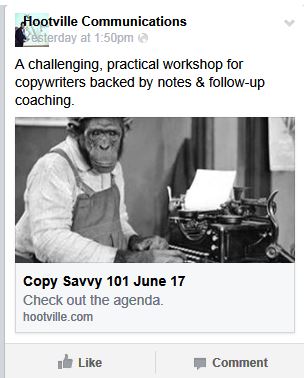
Alternatively you can run differently designed ads (as above) to the same audience and compare results. You might (indeed will) find that a differing image with the same copy can yield very different results. We wrote another blog post on this monkey experiment.
This is GOLD for marketers who can now stop, amend or double-down on any ad or sponsored post at any time. Try that with off-line advertising. take a gamble on your hunch.
More observations:
You must invest time to monitor results and tweak accordingly. We find that monitoring more than a few ads at a time to be complicated but that may be our simple mindedness.
Facebook has to approve each ad or post which can be annoying. You may be surprised to find your post or ad not approved – especially when you see the deliberately false and misleading advertising they do allow. They do not like too much text – they want images and would prefer videos. This usually take 5 to 10 minutes.
Video – early results show that audiences respond more to video.
You aren’t nearly as influenced by your peers as experts claim. Let’s say your pal Colin likes our sponsored post. You might consequently see a post in your Newsfeed saying more or less: “Hey – Colin just liked this post from Hootville. Check it out.” You probably won’t. Thus targeting friends of friends may not yield results but try it yourself and see.
The image accompanying the ad is VITAL. Hamsters got us results. Media trainer Brett de Hoedt in front of a PowerPoint slide – not so much.
Results very quickly flatten out. Initial results based on small exposure of your ad may be thrilling or depressing but within 36 hours results tend to plateau for good or bad. Whatever the current cost per click and click through rate will remain largely unchanged. This means that you can quickly cease a misfiring campaign or invest more in one that is working. (Try that with print.)
Warning: This stuff can be addictive. Creating the right ad and matching it to the right demographic is fun for marketers. Testing variations is interesting as it lets you scientifically gauge your instincts.
You may find yourself, staring at the columns of reporting, updating, tweaking and feeling like a Wall Street wolf. You may soon scream: “CTR up to 8% – I am the Facebook Queen!” to co-workers. We dare you.

